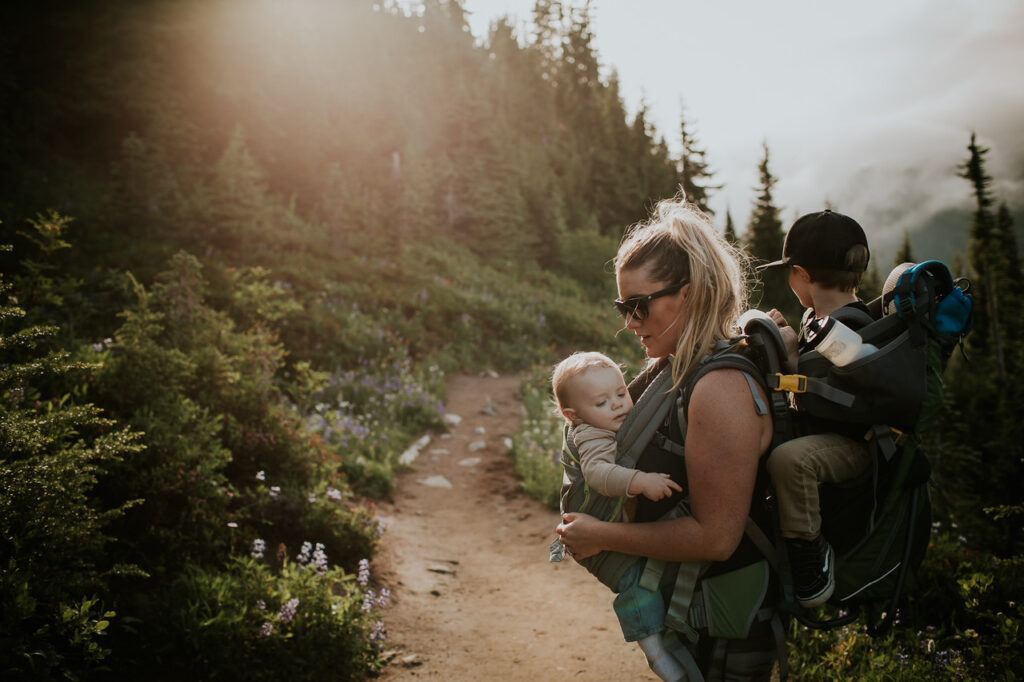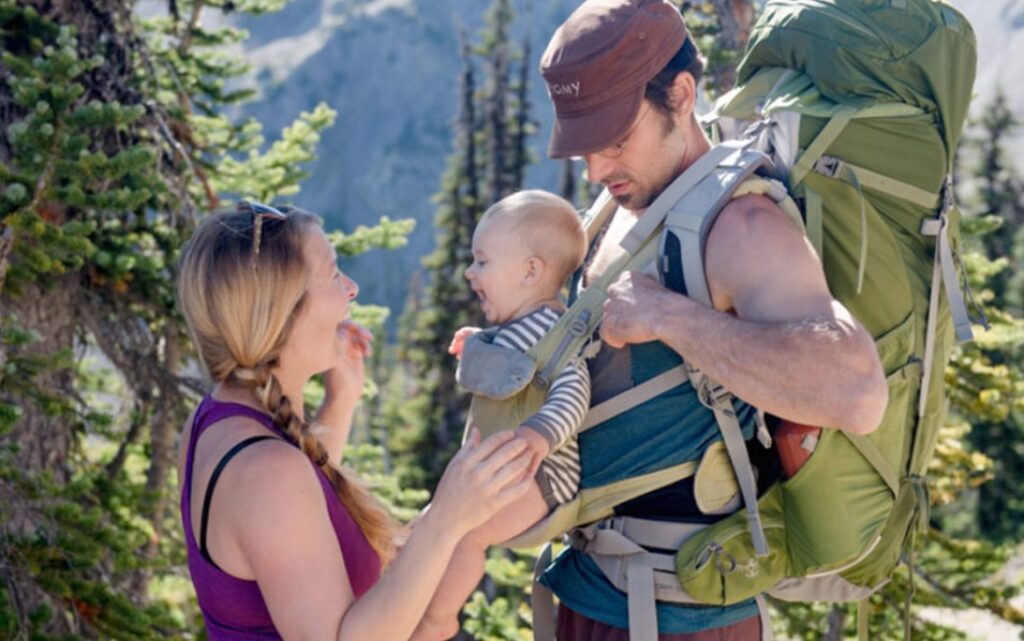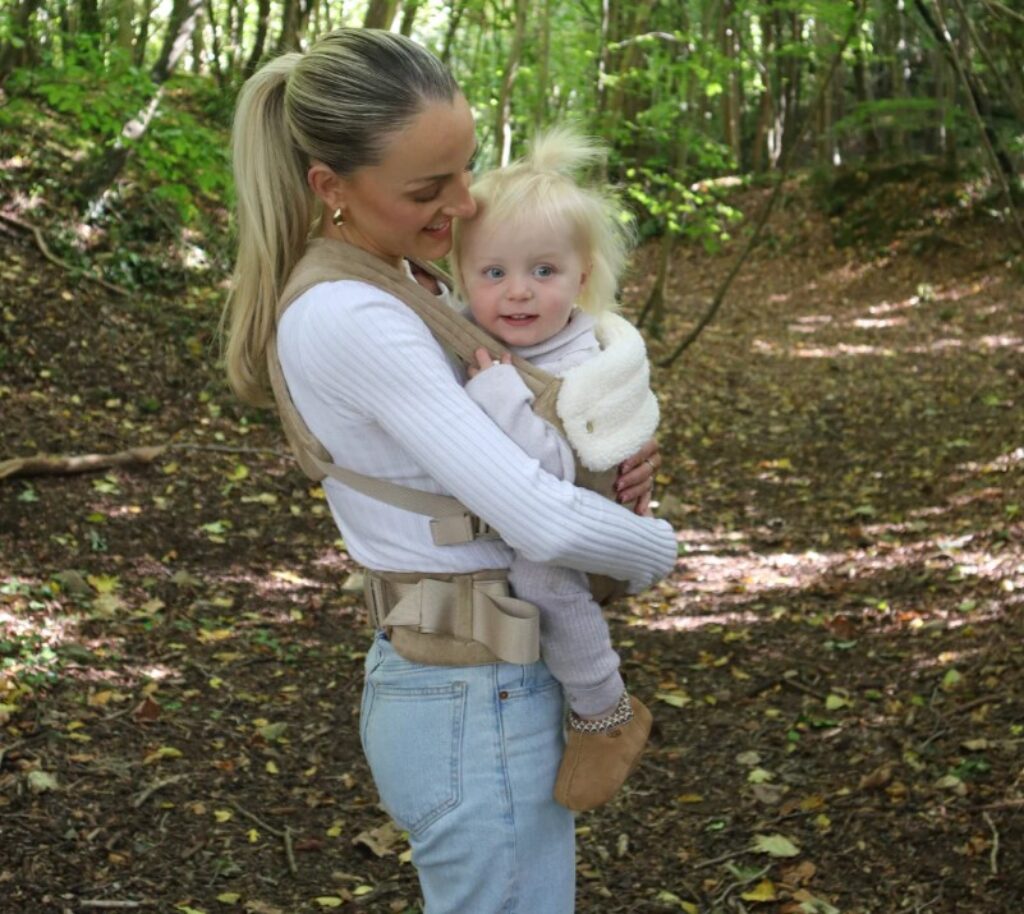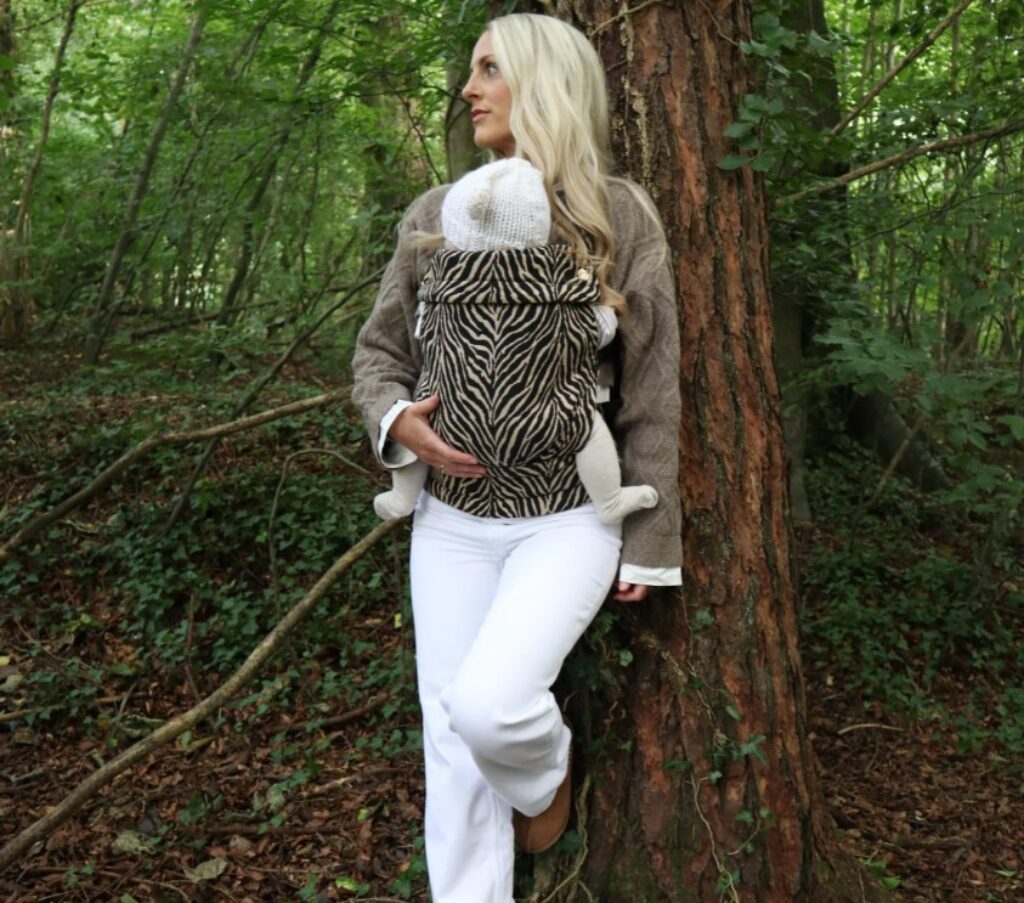
Heading out into the wild with your little one? It’s no small feat. Parents often worry about how their backs will hold up or if their baby carrier is supportive enough. The right tools and a few tricks can make the experience not just bearable, but enjoyable. Let’s break it all down so you can hit the trail with confidence and comfort.
Key Points:
- Choose ergonomic carriers to avoid back pain.
- Adjust your carrier to fit your body.
- Start with short, simple trails before moving to more challenging ones.
- Wear supportive footwear to keep your back aligned.
- Hydrate and stretch often during the journey.
Table of Contents
Why Back-Friendly Carriers Matter
Imagine carrying a backpack filled with bricks, unevenly strapped to your back. That’s what using a poorly designed carrier can feel like. Now add your baby’s wiggly movements, and you’ve got a recipe for disaster.
Ergonomic baby carriers are the solution. They distribute weight evenly across your hips and shoulders, reducing strain. Carriers with lumbar support can significantly decrease the risk of lower back pain in parents. Think of it as investing in your long-term health while keeping your little one cozy.
Choosing the Right Carrier ─ Key Features
Finding the perfect fit means prioritizing your comfort and safety. Let’s focus on the must-haves.
Ergonomics:
- Look for a carrier that keeps your baby’s hips in an “M” position to reduce pressure on your back.
- Adjustable straps ensure the weight sits comfortably on your hips, not just your shoulders.
Breathability:
- Choose materials like mesh or cotton to avoid overheating during longer hikes.
- Lightweight fabrics can make your journey less sweaty and more pleasant.
Additional Features:
- Pockets for small items like a phone or keys.
- Sunshades or rain covers for unpredictable weather.
- Easy-to-clean fabric for messy moments.
Pro Tip
Test your carrier with a weighted object before hitting the trail. Mimic the movement you’ll experience to see how your back feels after 10 minutes.
Tips for Protecting Your Back

Source: weareoutgrown.org
Practice Posture
Good posture can prevent discomfort. Stand tall with your shoulders back and core engaged. This position helps your spine carry the load more effectively.
Take Breaks
Plan rest stops into your route. Every hour, stop to take off the carrier and stretch. Focus on your lower back, shoulders, and legs.
Strengthen Your Core
Incorporate core exercises like planks or bridges into your weekly routine. A stronger core means better back support during hikes.
Types of Carriers ─ Which One Suits You?
Picking the right carrier depends on your specific needs. Let’s explore the most popular options.
1. Soft Structured Carriers
Great for everyday use and shorter hikes. They’re lightweight, easy to pack, and comfortable for both parent and baby. Look for models with padded shoulder straps and adjustable waistbands.
Key Benefits:
- Affordable and widely available.
- Suitable for newborns and younger babies.
- Compact enough for travel.
2. Backpack-Style Carriers
Perfect for longer trails and older babies. These are bulkier but offer more support and extra storage.
Recommendations:
- Choose a model with a sturdy frame to reduce shoulder strain.
- Opt for brands with added lumbar support.
3. Wraps and Slings
Ideal for short walks or casual outings. Wraps are versatile but can lack structure for longer trips.
Quick Guide for First-Time Parents

Source: thermarest.com
- Start small ─ Don’t overwhelm yourself. Begin with trails that have minimal elevation gain and shorter distances. Your first outing should feel achievable, not exhausting.
- Pack smart ─ Limit your pack to essentials like water, snacks, sunscreen, and a small first-aid kit. Overpacking adds unnecessary weight.
- Check weather forecasts ─ Sunny, cool days are your best friend. Avoid starting your hike during extreme heat or cold.
- Prioritize safety ─ Double-check that all straps and buckles are secure before you begin. A loose carrier can lead to discomfort or, worse, injury.
Practical Examples
Short Day Hike
For a two-hour loop trail, use a soft structured carrier. Pack only the essentials: one diaper, wipes, a water bottle, and a snack. Start early in the morning to avoid crowds and heat.
Longer Adventure
Planning a half-day excursion? A backpack-style carrier with built-in storage is your best bet. Bring a small picnic, a lightweight blanket, and extra layers for your baby.
Common Concerns
What if my back feels strained?
Stretching is key. Focus on loosening up your lower back and shoulders. If discomfort persists, check the fit of your carrier. Adjust the straps to redistribute the weight.
How do I know when my carrier is no longer suitable?
If your baby outgrows the weight limit or starts sitting uncomfortably, it’s time to upgrade. Regularly inspect your carrier for wear and tear.
Recommendations for Parents
- Invest in a high-quality carrier from a reputable brand.
- Alternate between carrying positions (front, back) to avoid overworking the same muscle groups.
- Attend a local workshop or class on proper carrier use, if available.
Encouragement for the Journey
Your outdoor adventure doesn’t need to be picture-perfect. It’s okay if you take more breaks than you planned or cut the hike short. The point is to enjoy nature, bond with your little one, and make memories along the way. Remember, each trip gets easier as you and your baby find your rhythm.
So, lace up your boots, grab your favorite carrier, and take the first step toward creating unforgettable moments. Happy trails!









